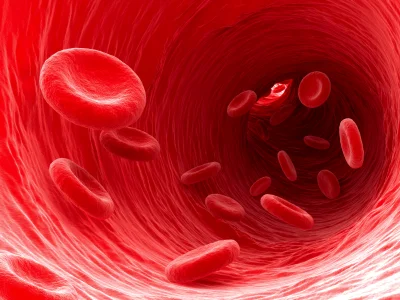Colostrum, the first milk, has unique properties. It is known as "golden food" because of its colour, but also because of its composition. Colostrum is particularly important for premature babies. What are the characteristics and benefits of colostrum?
What is colostrum?
Colostrum is the first milk that is produced in the mammary glands from the 20th week of pregnancy. It looks different from later breast milk – colostrum is much denser and has a yellowish colour. It is usually only present in small quantities, but is extremely valuable for the newborn. It has a very small stomach and even a small amount of colostrum can satisfy its hunger. In most cases, colostrum appears in the first few days after birth.
What are the characteristics of colostrum?
Colostrum is not only nutritious, but is also responsible for building up the baby’s immunity. Compared to mature milk, colostrum has a higher content of proteins, lactoferrin, oligosaccharides, IgA immune antibodies, cytokines, chemokines and trophic factors. It also contains less fat than later breast milk. Among other things, it strengthens the baby’s immunity and reduces the risk of jaundice. It also accelerates the excretion of the first faeces, the so-called meconium.
What are the benefits of colostrum for the baby?
The administration of colostrum is particularly important for babies with a low birth weight and premature babies. Even if the baby arrives on the premature baby ward and the mother is unable to feed the baby herself, neonatologists recommend expressing colostrum and giving it to the staff in a bottle so that they can at least lubricate the newborn’s mouth with it. Feeding colostrum is considered a prophylaxis for necrotising enterocolitis (NEC). In addition, the administration of colostrum directly to the oral mucosa is said to stimulate the immune system in this area (OFALT – oropharyngeal associated lymphoid lissue). Colostrum supplies the baby with important nutrients. It also enables the body to defend itself against microorganisms.











